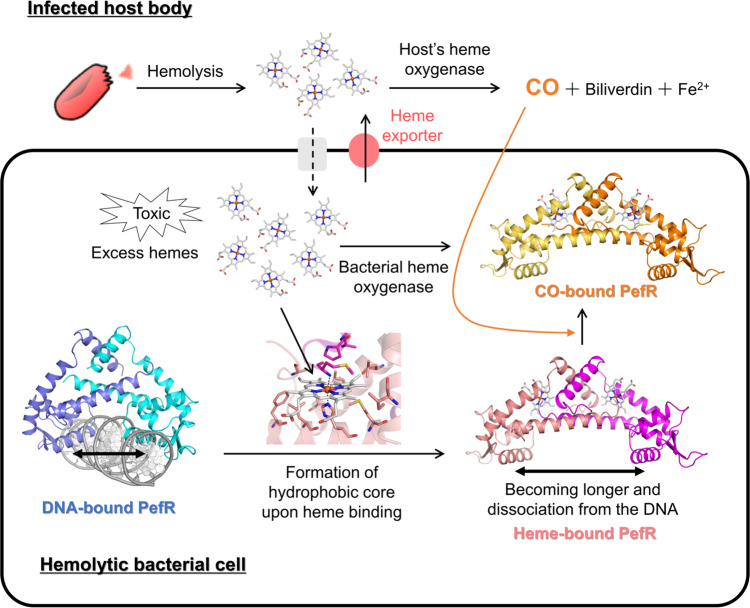Fig. 8. Schematic diagram of the structure and function of PefR in S. agalactiae.
A hemolytic bacterial cell is shown in a black-outlined square. Outside area of the square shows body of infected host. Hemolytic bacteria survive by acquiring hemes from hemoglobin in red blood cells from their animal hosts. To avoid the cytotoxicity of excess heme during hemolysis, PefR act as transcriptional factors to regulate the heme efflux system in response to the cellular heme concentration. Based on crystallographic, spectroscopic, and biochemical studies, the heme coordination to DNA-bound PefR controls structural rearrangement of the DNA-binding domains to dissociate PefR from the target DNA. After dissociating from the target DNA, the heme of holo-PefR can stably bind CO, which is a by-product of heme degradation by heme oxygenase.

